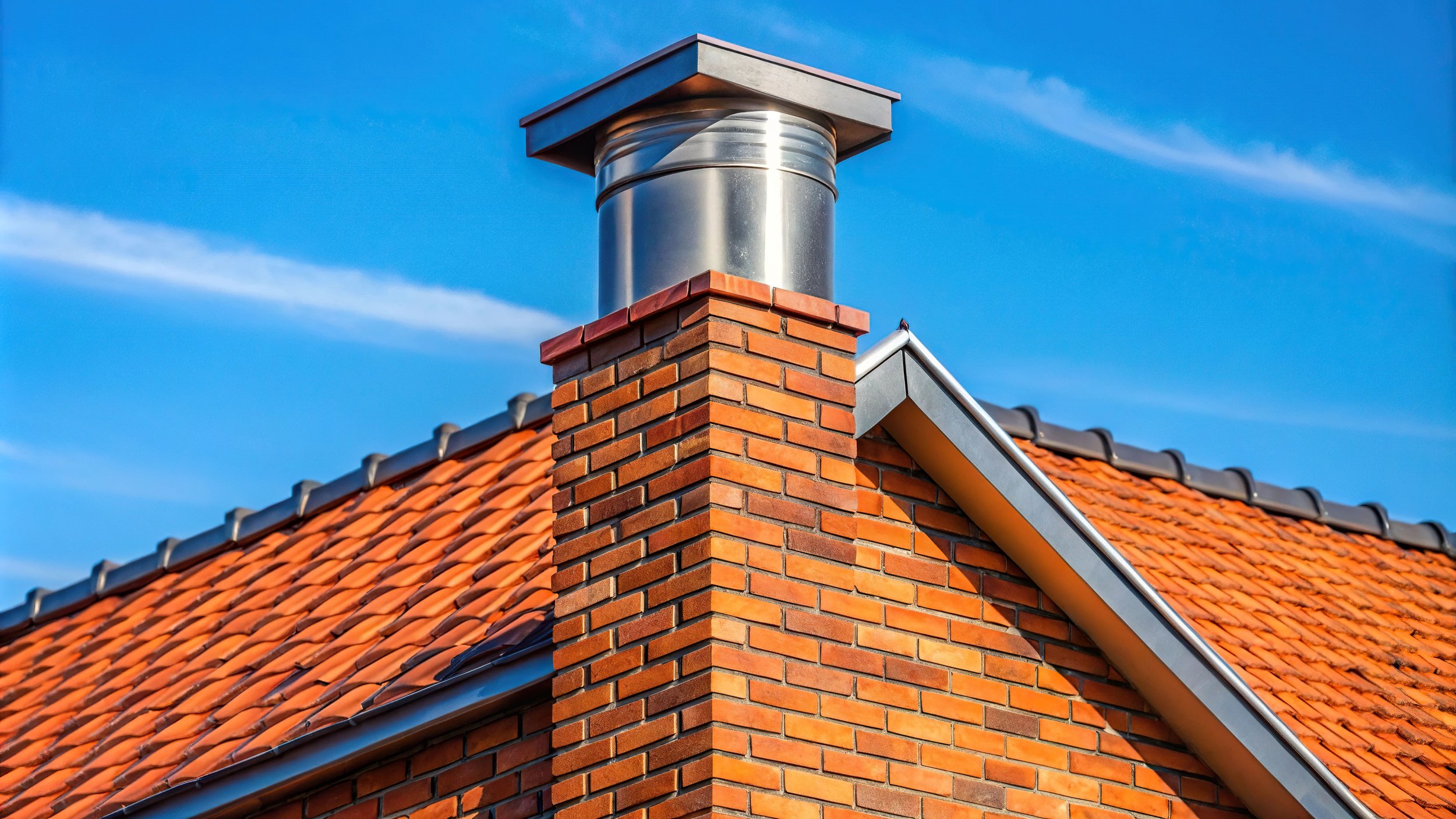How Chimney Lining Works and Why It’s Important
Your chimney may seem like a simple structure designed to carry smoke and gases out of your home, but it’s much more complex than it appears. One of the most critical components of your chimney is the chimney liner—a layer of protection that plays a vital role in ensuring safety, efficiency, and durability. Whether you’re new to chimney maintenance or curious about its importance, this guide will help you understand how chimney lining works and why it’s so essential.
What is a Chimney Liner?
A chimney liner is a protective barrier that lines the interior of your chimney flue. It serves three main purposes:
1. Protecting the Chimney Structure: It shields the chimney walls from intense heat and corrosive byproducts of combustion, which can damage the masonry over time.
2. Improving Safety: By containing heat and gases within the flue, it reduces the risk of fire and prevents toxic gases, like carbon monoxide, from leaking into your home.
3. Enhancing Efficiency: It ensures that your fireplace, stove, or furnace operates efficiently by optimizing the venting process  .
Chimney liners can be made from different materials, including clay tiles, stainless steel, or cast-in-place liners, each with unique advantages depending on your chimney type and heating appliance.
How Does Chimney Lining Work?
When you burn fuel in your fireplace, stove, or furnace, the byproducts of combustion—heat, smoke, and gases—travel up the chimney flue. The liner ensures these byproducts are safely carried out of your home by:
• Containing Heat: A properly installed liner keeps the high temperatures generated during combustion from transferring to the surrounding masonry or wood structures, reducing the risk of a chimney fire .
• Preventing Corrosion: Combustion creates acidic byproducts that can eat away at the masonry over time. The liner acts as a barrier, preventing these substances from reaching the chimney walls  .
• Optimizing Ventilation: Liners create a smooth pathway for smoke and gases to exit, improving airflow and ensuring the efficient operation of your heating appliance.
Why is a Chimney Liner Important?
1. Fire Prevention
One of the biggest dangers of an unlined or damaged chimney is the risk of a fire. Heat from the fireplace or stove can transfer to nearby combustible materials, such as wood framing, causing them to ignite. A chimney liner significantly reduces this risk by containing the heat within the flue .
2. Protection Against Toxic Gases
Carbon monoxide is a dangerous, odorless gas produced by combustion. If your chimney liner is cracked or missing, this gas can seep into your living spaces, posing serious health risks to your family. A properly maintained liner ensures toxic gases are safely vented out of your home .
3. Preventing Masonry Damage
The acidic byproducts of combustion, such as soot and creosote, can corrode the bricks and mortar of your chimney over time. This weakens the structure, making it more susceptible to leaks and collapses. A chimney liner protects the masonry, extending the life of your chimney  .
4. Adapting to Modern Appliances
Older chimneys were designed for open hearths that vent large volumes of air. Modern heating appliances, like gas or wood stoves, are much more efficient and require a properly sized chimney liner to maintain optimal draft and venting. Without a liner, these appliances may perform poorly or create dangerous backdrafts  .
Common Chimney Liner Issues
Over time, chimney liners can develop problems that compromise their effectiveness:
• Cracks or Gaps: These allow heat and gases to escape into the masonry or living spaces.
• Corrosion: Metal liners, especially in older chimneys, can rust or corrode due to exposure to moisture and acidic byproducts.
• Improper Sizing: A liner that is too small or too large for your heating appliance can lead to poor draft and inefficient operation .
How to Maintain Your Chimney Liner
1. Schedule Regular Inspections: An annual inspection by a certified chimney professional will help identify any issues with your liner before they become serious.
2. Clean Your Chimney: Regular cleaning removes creosote, soot, and other debris that can build up and damage the liner.
3. Repair or Replace When Necessary: If your liner is cracked, corroded, or improperly sized, a professional can repair or replace it to ensure safety and efficiency  .
Conclusion: The Foundation of a Safe and Efficient Chimney
Your chimney liner is more than just a protective barrier—it’s the backbone of a safe and efficient chimney system. Without it, your home is at risk of fire, toxic gas leaks, and costly chimney damage. Regular maintenance, inspections, and, if needed, repairs can keep your liner in top condition, ensuring the safety and longevity of your chimney.
If you’re unsure about the condition of your chimney liner or need professional assistance, contact Canterbury Chimney Sweeps. Our team of experts specializes in chimney inspections, liner installations, and repairs, giving you peace of mind and a safer, more efficient home.

